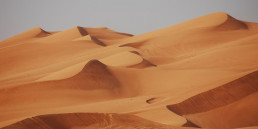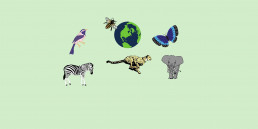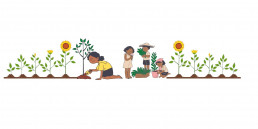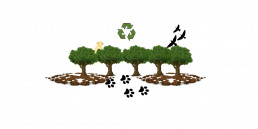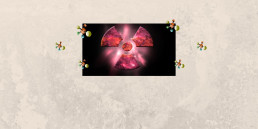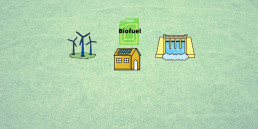Hello friends,
So far, this blog section has attempted to create awareness about the basics of sustainability. First, it talked about the various pillars and then delved into aspects like Forests, Wildlife, Desertification, and many more. So, today we will talk about: What is an Ecosystem?
In the last few years, you must have come across numerous reports stating the need to preserve and restore ecosystems.
On the other hand, you would have also heard conservationists ring the alarm bell about the collapse of the rainforest ecosystem or marine biome.
But what exactly is an ecosystem?
An ecosystem is an area where living and non-living matter stays together. Now that wasn’t very clear. I’m not happy with the explanation myself.
Let’s try once more.
Every Planet has plants, insects, birds and animals, and even microorganisms on land or underwater. You will find these living beings in deserts, in the mountains, right up to the small pool of water accumulated by the beach after a high tide.
On the contrary, there are non-living that are equally indispensable.
These biotic (living) and abiotic(non-living) components together form an Ecosystem.
And are divided into three segments:
- Autotrophs- plants (producers of energy)
- Heterotrophs-animals, insects, microorganisms, reptiles, amphibians, etc. (consumers of energy)
- Non-Living- sun, wind, air, water, soil, humidity, temperature, etc.
Maybe, it’s safe to say that the entire Planet is a large biome that gets further divided into various sections. And each of them is a separate ecosystem with multiple subdivisions.
The fascinating part of this concept is that every biome is unique, with its qualities and specialties.
That’s okay, but how does an ecosystem work?
Well, that’s because every ecology has its function and utility that go on in ensuring the smooth functioning of the world. And more so because there is an interdependency between the biotic and abiotic components in each ecosystem.
Got the crux of the matter? If yes? Comment below. If not, I have an example that will explain this exciting concept in the best possible manner.
Let’s take the example of the rainforest ecosystem: The Amazon rainforests are characterized by high rainfall, humidity, and poor soil quality. However, this biome is home to innumerable sub-ecosystems.
It is well known that these tall trees form canopies. And you will be surprised to know that these overlapping twigs and branches have their ecosystem in the form of Epiphytes that grow on these coverings and draw nutrients through specialized roots. And right on top, these canopies utilize the sun’s energy to perform photosynthesis. The Epiphytes bear the first impact of the heavy rainfall experienced in these regions.
They are going a step down. The trees under the dense foliage are home to birds and monkeys who obtain food from the fruit-laden trees. And are ‘moisture laden’ as the canopies perform the function of doing so.
As one goes to the forest floor level, innumerable plants, fungi, animals, shrubs, pollinators, reptiles (living), and soil (non-living) are found.
As can be understood that the entire ecosystem is dependent on the other. To cite a small example, if the eternal canopy is broken due to deforestation or forest fires, it will disturb the life that flourishes under subdued sunlight as life under the coverings is unaccustomed to the harshness of the sun.
Aah!
So, this means even the Antarctica continent- a polar desert with unending ice sheets covering the rocks): is an ecosystem.
Of course, it is!
Animals like penguins, polar bears, albatrosses, and a host of invertebrates that are part of the food web come under this purview. And as you know, the ice-covered continent has little or no vegetation. So, the crux of the matter is every biome is irreplaceable. And that all of them work together to make the Planet habitable and beautiful
.
Till then
Take good care of yourself.
And if you are interested in Short Stories, grab a free copy of the Ebook: Colors of the Global Community on Amazon!
Bye
